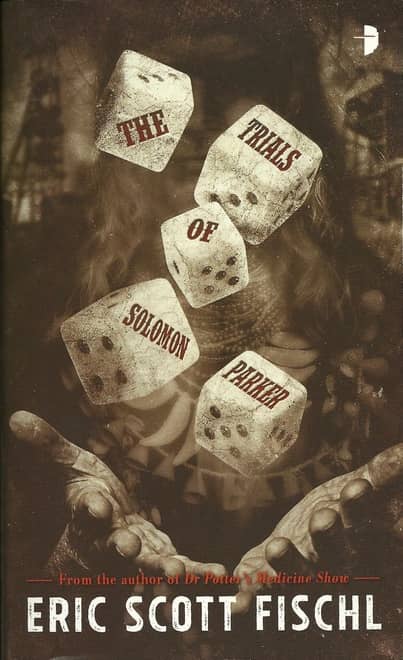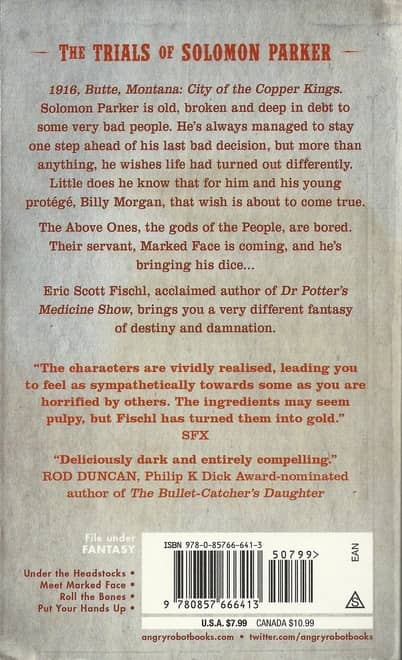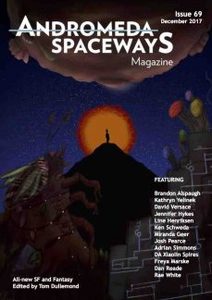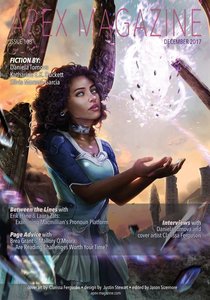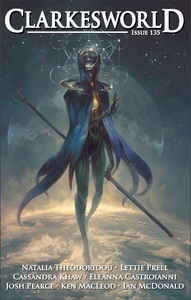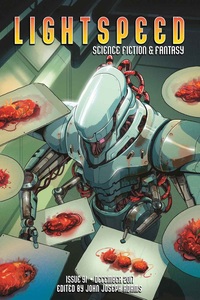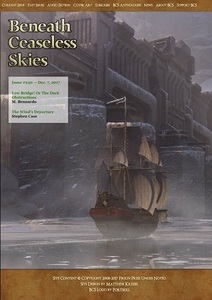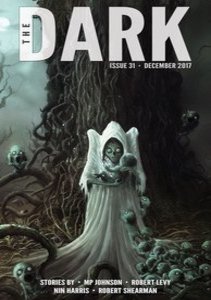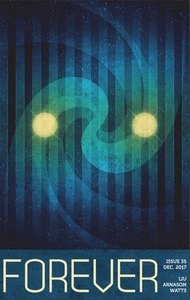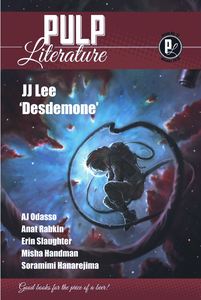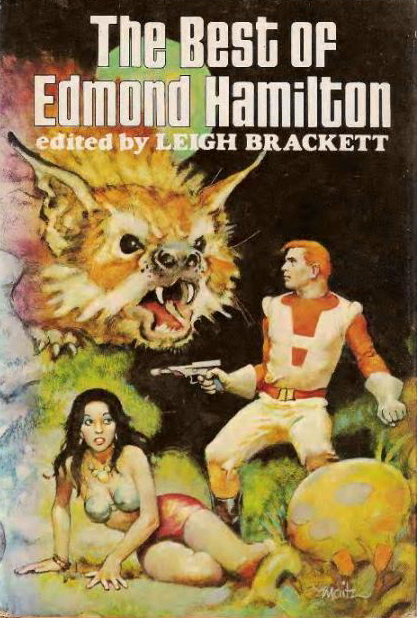From the Vaults: The Lands of the Earthquake by Henry Kuttner
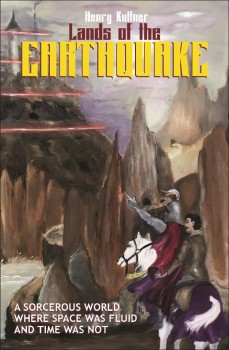 Once upon a time, Ace Books published hundreds of double novels. It’s a simple thing: a pair of novellas, often by two different authors, were joined back-to-back, done in such a way that you’d have to flip the book upside down to read the second once you’d finished the first. Black Gate has been posting Rich Horton’s reviews of many of these old books for some time now. Many times a newer author’s work was paired with that of an established author in order to garner more attention. It was a clever idea that allowed lots of shorter works to get in print.
Once upon a time, Ace Books published hundreds of double novels. It’s a simple thing: a pair of novellas, often by two different authors, were joined back-to-back, done in such a way that you’d have to flip the book upside down to read the second once you’d finished the first. Black Gate has been posting Rich Horton’s reviews of many of these old books for some time now. Many times a newer author’s work was paired with that of an established author in order to garner more attention. It was a clever idea that allowed lots of shorter works to get in print.
DMR Books, publishers of the Swords of Steel anthologies (reviewed here), has revived the format with the release of Howie Bentley’s Under a Dim Blue Sun backed with a reprint of Henry Kuttner’s 1947 Lands of the Earthquake. I reviewed the former this past August but neglected the latter, so I’m back with a look at a seventy-year-old tale of cross-planar travel and alien wizards.
Henry Kuttner is one of the greats of golden age sci-fi and fantasy. Under his own name as well as over a dozen pseudonyms, on his own and in collaboration with his wife, C.L. Moore, he wrote hundreds of stories. They range from Lovecraftian pastiches he crafted in his youth, to early additions to the annals of swords & sorcery, to classic sci-fi tales such as “Mimsy Were the Borogoves” and “The Twonky.”
There are several published discussions regarding which Kuttner stories are solo creations versus written as joint efforts with Moore. If the second, the question then is how much was done by one or the other. According to one review of Lands of the Earthquake, it was written not by Kuttner at all, but by Moore. I don’t know, and I freely admit that I haven’t enough experience with either to make a claim one way or the other.
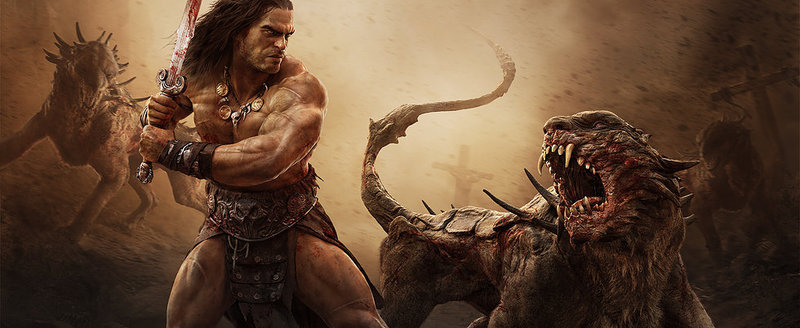
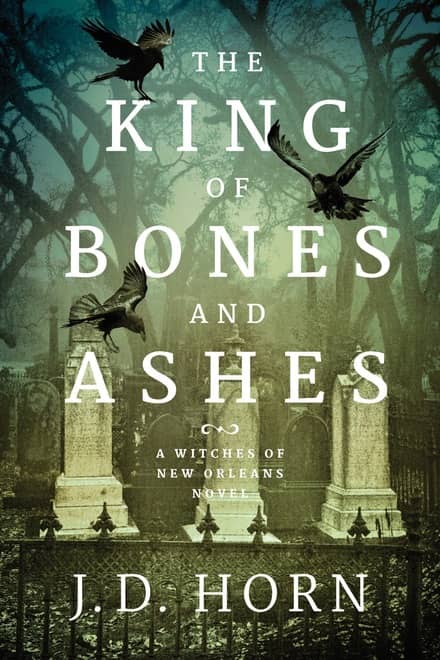
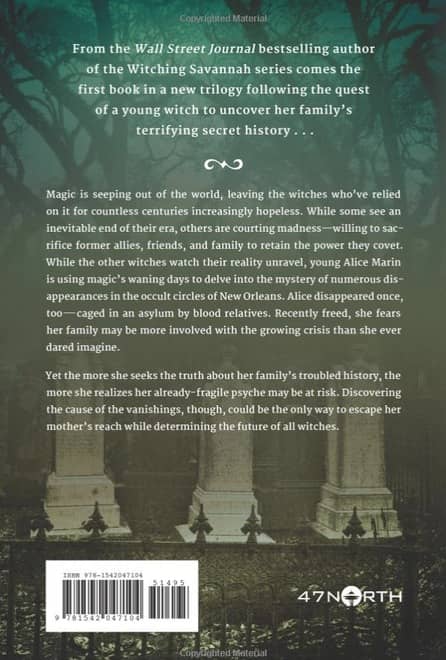

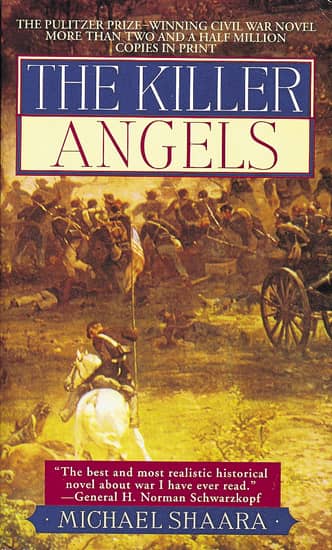
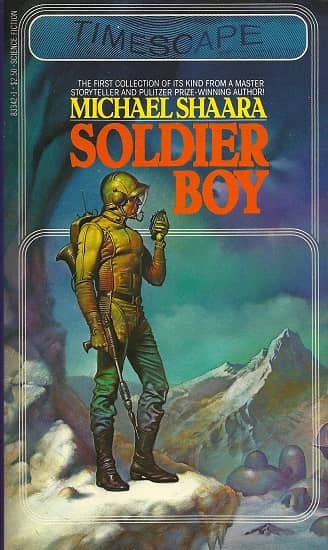
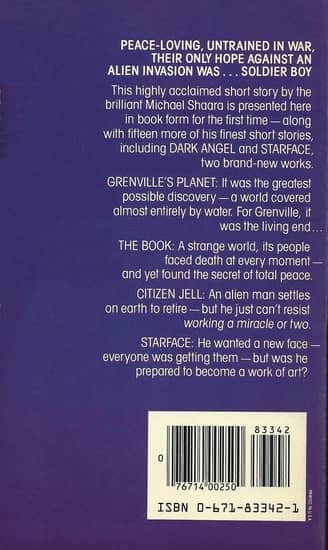
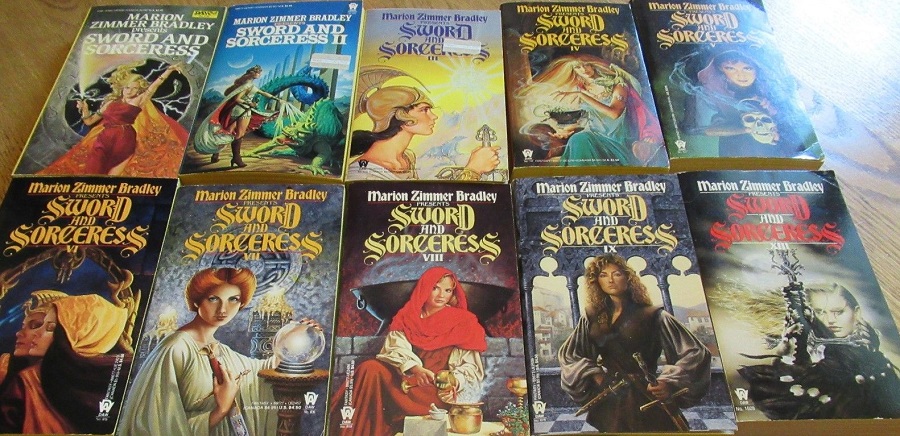
 On Monday, July 31, I had three movies I wanted to see at the Fantasia Festival. First up was a surreal Japanese animated comedy, Night Is Short, Walk On Girl (Yoru wa Mijikashi Arukeyo Otome) in the De Sève Theatre. Then I’d stay at the De Sève to see an Italian documentary, Deliver Us (the English translation of the Latin title Libera Nos), about real-life exorcisms. The day would wrap up in the Hall Auditorium with a screening of Takashi Miike’s adaptation of the best-selling supernatural samurai manga Blade of the Immortal (Mugen no Junin). It looked, all told, like a lovely day.
On Monday, July 31, I had three movies I wanted to see at the Fantasia Festival. First up was a surreal Japanese animated comedy, Night Is Short, Walk On Girl (Yoru wa Mijikashi Arukeyo Otome) in the De Sève Theatre. Then I’d stay at the De Sève to see an Italian documentary, Deliver Us (the English translation of the Latin title Libera Nos), about real-life exorcisms. The day would wrap up in the Hall Auditorium with a screening of Takashi Miike’s adaptation of the best-selling supernatural samurai manga Blade of the Immortal (Mugen no Junin). It looked, all told, like a lovely day.